Zhuoyin Dai
National Mobile Communications Research Laboratory, Southeast University, Nanjing, China
Generating CKM Using Others' Data: Cross-AP CKM Inference with Deep Learning
Nov 20, 2024Abstract:Channel knowledge map (CKM) is a promising paradigm shift towards environment-aware communication and sensing by providing location-specific prior channel knowledge before real-time communication. Although CKM is particularly appealing for dense networks such as cell-free networks, it remains a challenge to efficiently generate CKMs in dense networks. For a dense network with CKMs of existing access points (APs), it will be useful to efficiently generate CKMs of potentially new APs with only AP location information. The generation of inferred CKMs across APs can help dense networks achieve convenient initial CKM generation, environment-aware AP deployment, and cost-effective CKM updates. Considering that different APs in the same region share the same physical environment, there exists a natural correlation between the channel knowledge of different APs. Therefore, by mining the implicit correlation between location-specific channel knowledge, cross-AP CKM inference can be realized using data from other APs. This paper proposes a cross-AP inference method to generate CKMs of potentially new APs with deep learning. The location of the target AP is fed into the UNet model in combination with the channel knowledge of other existing APs, and supervised learning is performed based on the channel knowledge of the target AP. Based on the trained UNet and the channel knowledge of the existing APs, the CKM inference of the potentially new AP can be generated across APs. The generation results of the inferred CKM validate the feasibility and effectiveness of cross-AP CKM inference with other APs' channel knowledge.
Performance Analysis of Hybrid Cellular and Cell-free MIMO Network
Jun 04, 2024Abstract:Cell-free wireless communication is envisioned as one of the most promising network architectures, which can achieve stable and uniform communication performance while improving the system energy and spectrum efficiency. The deployment of cell-free networks is envisioned to be a longterm evolutionary process, in which cell-free access points (APs) will be gradually introduced into the communication network and collaborate with the existing cellular base stations (BSs). To further explore the performance limits of hybrid cellular and cell-free networks, this paper develops a hybrid network model based on stochastic geometric toolkits, which reveals the coupling of the signal and interference from both the cellular and cell-free networks. Specifically, the conjugate beamforming is applied in hybrid cellular and cell-free networks, which enables user equipment (UE) to benefit from both cellular BSs and cell-free APs. The aggregate signal received from the hybrid network is approximated via moment matching, and coverage probability is characterized by deriving the Laplace transform of the interference. The analysis of signal strength and coverage probability is verified by extensive simulations.
Prototyping and Experimental Results for Environment-Aware Millimeter Wave Beam Alignment via Channel Knowledge Map
Mar 13, 2024Abstract:Channel knowledge map (CKM), which aims to directly reflect the intrinsic channel properties of the local wireless environment, is a novel technique for achieving environmentaware communication. In this paper, to alleviate the large training overhead in millimeter wave (mmWave) beam alignment, an environment-aware and training-free beam alignment prototype is established based on a typical CKM, termed beam index map (BIM). To this end, a general CKM construction method is first presented, and an indoor BIM is constructed offline to learn the candidate transmit and receive beam index pairs for each grid in the experimental area. Furthermore, based on the location information of the receiver (or the dynamic obstacles) from the ultra-wide band (UWB) positioning system, the established BIM is used to achieve training-free beam alignment by directly providing the beam indexes for the transmitter and receiver. Three typical scenarios are considered in the experiment, including quasi-static environment with line-of-sight (LoS) link, quasistatic environment without LoS link and dynamic environment. Besides, the receiver orientation measured from the gyroscope is also used to help CKM predict more accurate beam indexes. The experiment results show that compared with the benchmark location-based beam alignment strategy, the CKM-based beam alignment strategy can achieve much higher received power, which is close to that achieved by exhaustive beam search, but with significantly reduced training overhead.
MIMO Symbiotic Radio with Massive Passive Devices: Asymptotic Analysis and Precoding Optimization
Jun 28, 2022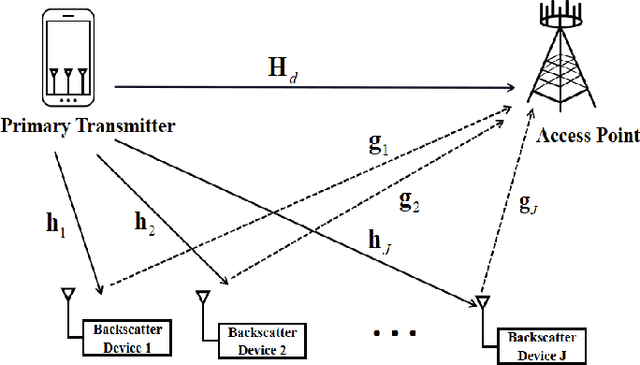
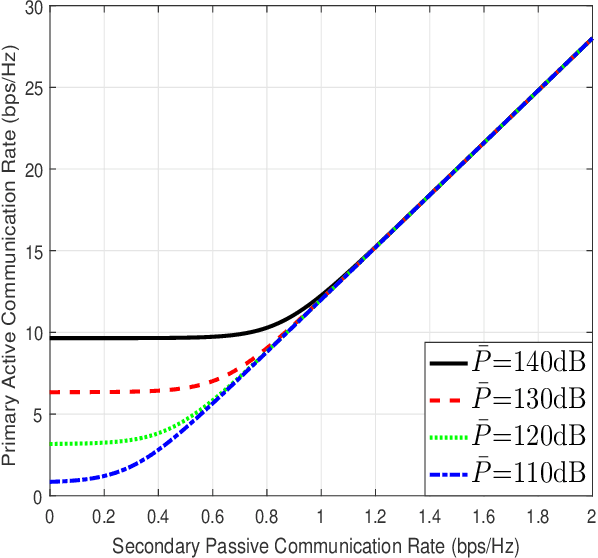
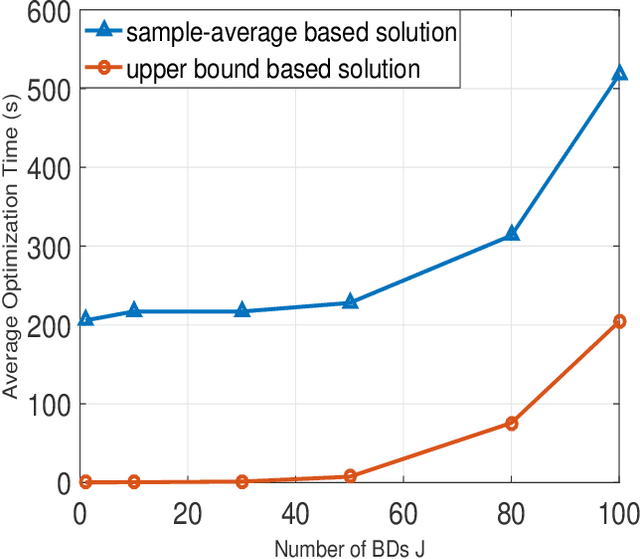
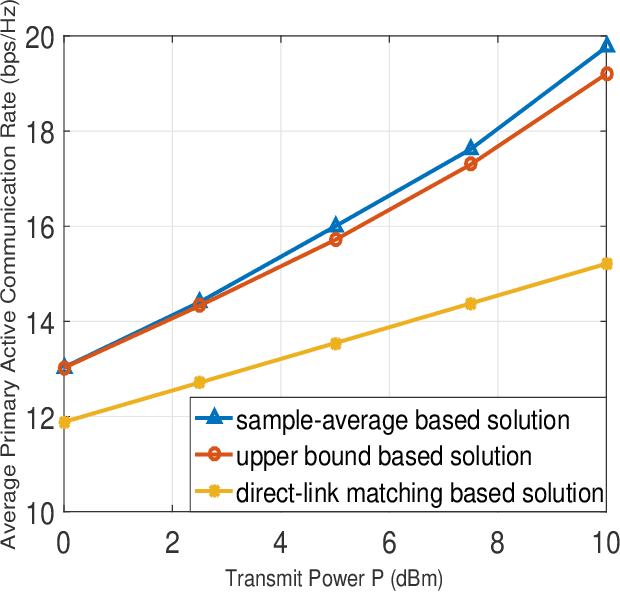
Abstract:Symbiotic radio has emerged as a promising technology for spectrum- and energy-efficient wireless communications, where the passive secondary backscatter devices (BDs) reuse not only the spectrum but also the power of the active primary users to transmit their own information. In return, the primary communication links can be enhanced by the additional multipaths created by the BDs. This is known as the mutualism relationship of symbiotic radio. However, due to the severe double-fading attenuation of the passive backscattering links, the enhancement of the primary link provided by one single BD is extremely limited. To address this issue and enable full mutualism of symbiotic radio, in this paper, we study multiple-input multiple output (MIMO) symbiotic radio communication systems with massive BDs. We first derive the achievable rates of the primary active communication and secondary passive communication, and then consider the asymptotic regime as the number of BDs goes large, for which closed-form expressions are derived to reveal the relationship between the primary and secondary communication rates. Furthermore, the precoding optimization problem is studied to maximize the primary communication rate while guaranteeing that the secondary communication rate is no smaller than a certain threshold. Simulation results are provided to validate our theoretical studies.
Rate-Region Characterization and Channel Estimation for Cell-Free Symbiotic Radio Communications
May 17, 2022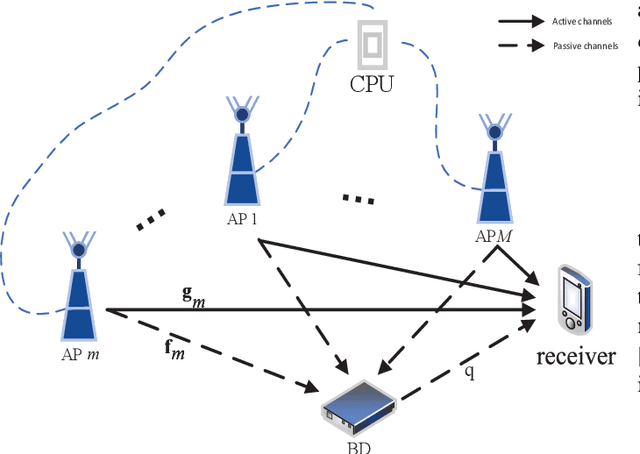
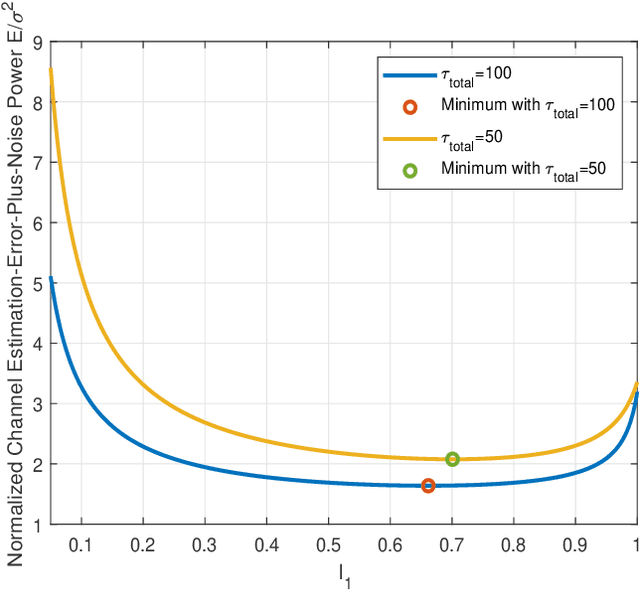
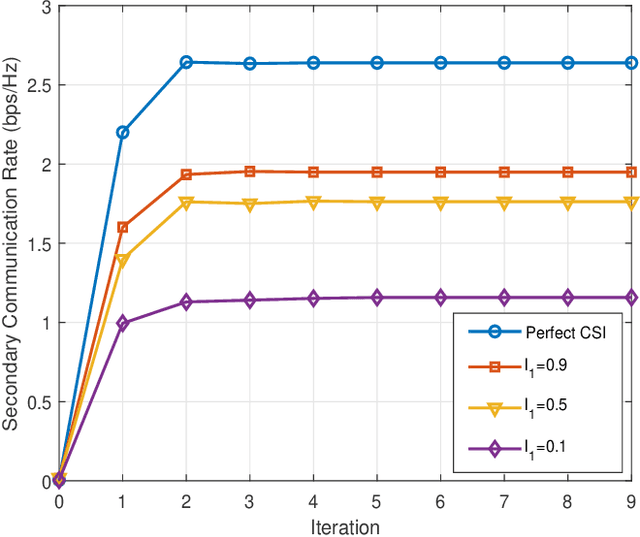
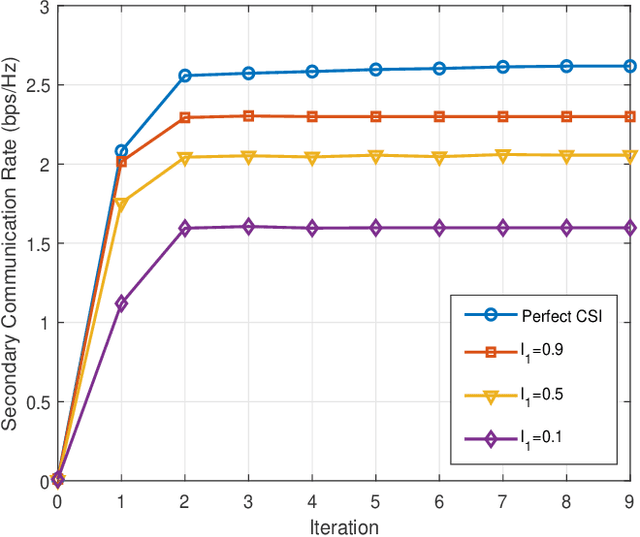
Abstract:Cell-free massive MIMO and symbiotic radio communication have been recently proposed as the promising beyond fifth-generation (B5G) networking architecture and transmission technology, respectively. To reap the benefits of both, this paper studies cell-free symbiotic radio communication systems, where a number of cell-free access points (APs) cooperatively send primary information to a receiver, and simultaneously support the passive backscattering communication of the secondary backscatter device (BD). We first derive the achievable communication rates of the active primary user and passive secondary user under the assumption of perfect channel state information (CSI), based on which the transmit beamforming of the cellfree APs is optimized to characterize the achievable rate-region of cell-free symbiotic communication systems. Furthermore, to practically acquire the CSI of the active and passive channels, we propose an efficient channel estimation method based on two-phase uplink-training, and the achievable rate-region taking into account CSI estimation errors are further characterized. Simulation results are provided to show the effectiveness of our proposed beamforming and channel estimation methods.
Cell-Free Symbiotic Radio: Channel Estimation Method and Achievable Rate Analysis
Jun 11, 2021

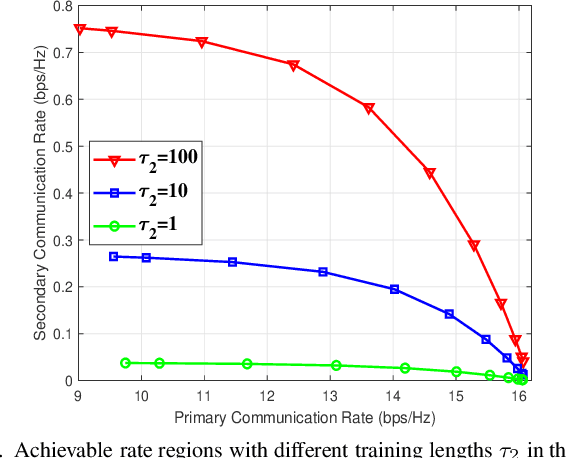
Abstract:Cell-free massive MIMO and symbiotic radio are promising beyond 5G (B5G) networking architecture and transmission technology, respectively. This paper studies cell-free symbiotic radio systems, where a number of distributed access points (APs) cooperatively send primary information to a receiver, and simultaneously support the backscattering communication of the secondary backscatter device (BD). An efficient two-phase uplink-training based channel estimation method is proposed to estimate the direct-link channel and cascaded backscatter channel, and the achievable primary and secondary communication rates taking into account the channel estimation errors are derived. Furthermore, to achieve a flexible trade-off between the primary and secondary communication rates, we propose a low-complexity weighted-maximal-ratio transmission (weighted-MRT) beamforming scheme, which only requires local processing at each AP without having to exchange the estimated channel state information. Simulation results are provided to show the impact of the channel training lengths on the performance of the cell-free symbiotic radio systems.
Enabling Full Mutualism for Symbiotic Radio with Massive Backscatter Devices
Jun 10, 2021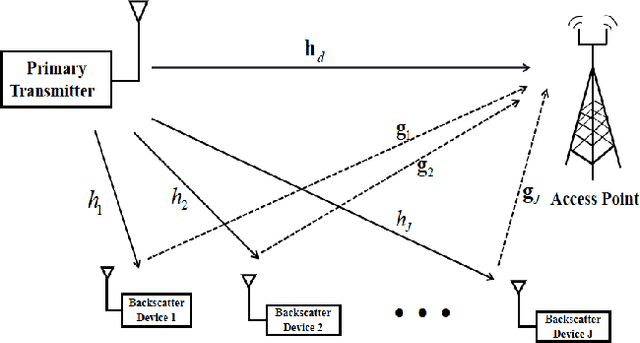
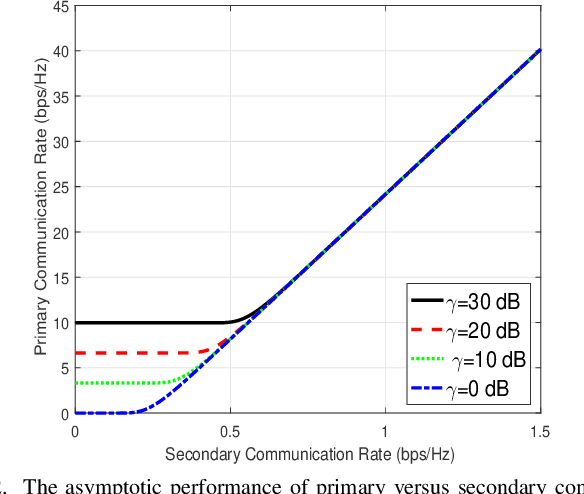
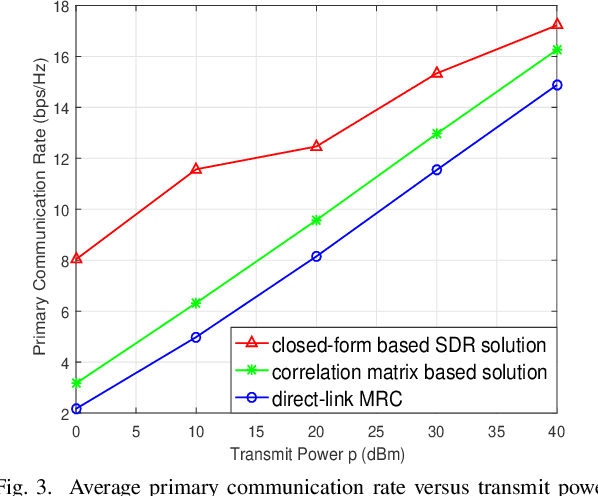
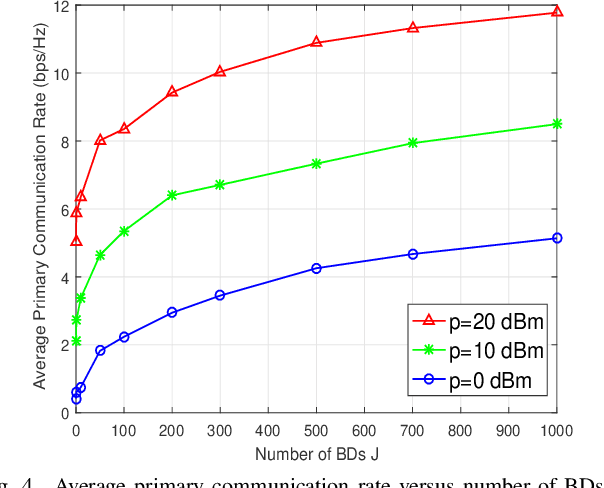
Abstract:Symbiotic radio is a promising technology to achieve spectrum- and energy-efficient wireless communications, where the secondary backscatter device (BD) leverages not only the spectrum but also the power of the primary signals for its own information transmission. In return, the primary communication link can be enhanced by the additional multipaths created by the BD. This is known as the mutualism relationship of symbiotic radio. However, as the backscattering link is much weaker than the direct link due to double attenuations, the improvement of the primary link brought by one single BD is extremely limited. To address this issue and enable full mutualism of symbiotic radio, in this paper, we study symbiotic radio with massive number of BDs. For symbiotic radio multiple access channel (MAC) with successive interference cancellation (SIC), we first derive the achievable rate of both the primary and secondary communications, based on which a receive beamforming optimization problem is formulated and solved. Furthermore, considering the asymptotic regime of massive number of BDs, closed-form expressions are derived for the primary and the secondary communication rates, both of which are shown to be increasing functions of the number of BDs. This thus demonstrates that the mutualism relationship of symbiotic radio can be fully exploited with massive BD access.
 Add to Chrome
Add to Chrome Add to Firefox
Add to Firefox Add to Edge
Add to Edge